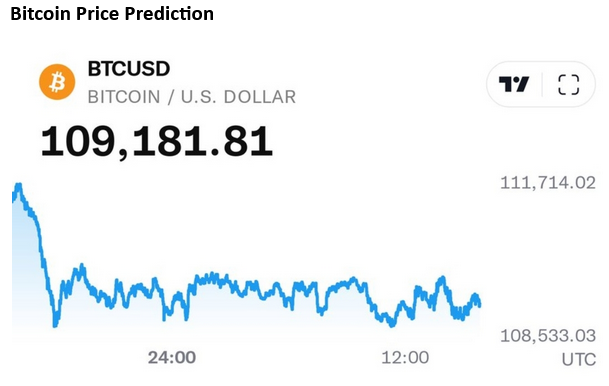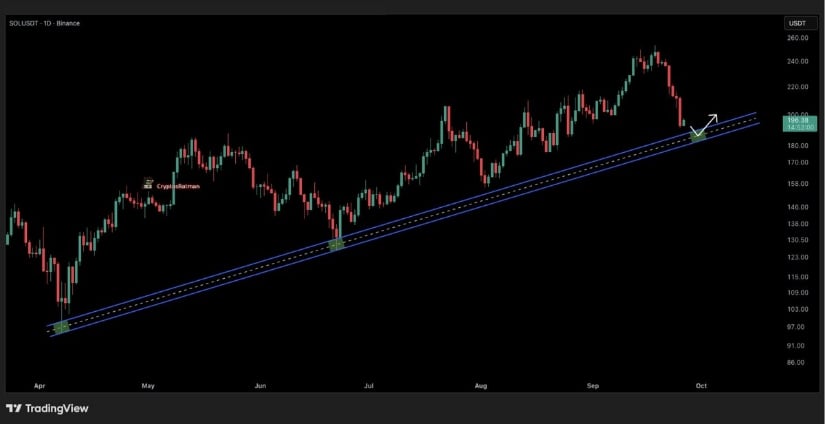A Signal for DeFi’s Institutional Takeoff
The recent $750 million transfer of Ethereum (ETH) from Binance to Aave marks a pivotal moment in the evolution of decentralized finance (DeFi). This move, executed by two newly created wallets withdrawing 34,000 ETH ($151 million) from the exchange and depositing it into Aave’s lending protocol, underscores a broader trend of institutional-grade capital reallocation toward DeFi infrastructure [1]. As Ethereum whales and sharks have added 5.54 million ETH (a 14% increase) to their holdings over the past five months [2], the shift reflects growing confidence in Ethereum’s ecosystem and the robustness of protocols like Aave.
Aave: The Institutional-Grade DeFi Lending Platform
Aave (AAVE) has emerged as a cornerstone of Ethereum’s DeFi infrastructure, with a total value locked (TVL) of $30 billion and a $18 billion treasury buffer [3]. The platform’s institutional partnerships, including Kraken’s licensing deal and the Plasma collaboration, have expanded its utility and revenue streams [3]. Despite a recent price correction—trading at $310.33 as of September 5, 2025, down 3.47% in 24 hours—Aave’s fundamentals remain strong. Analysts project a bullish trajectory through 2025, with a potential 106.78% return on investment by December [2].
The $750 million whale transfer to Aave is particularly significant given the platform’s role in facilitating yield generation. Over 50% of USDe-related assets are now deposited on Aave, creating a flywheel effect that boosts liquidity and protocol fees [3]. This aligns with Ethereum’s broader narrative of on-chain innovation, where institutional actors are increasingly prioritizing decentralized alternatives to traditional finance.
Ethereum’s Ecosystem Growth and Whale Behavior as a Barometer
Ethereum’s ecosystem has seen exponential growth, driven by whale activity and institutional demand. Binance’s ETH reserves have dropped to 4.2 million ETH due to major outflows [1], signaling a strategic shift from centralized exchanges to DeFi protocols. This trend is amplified by Ethereum ETF inflows and institutional purchases, which have contributed to a 200% price rally since April 2025 [2].
Whale behavior, in particular, serves as a critical barometer for market sentiment. The rapid redeployment of $151 million ETH into Aave within hours of withdrawal from Binance suggests strategic positioning for leveraged plays or yield generation [1]. Such activity is often a precursor to broader market trends, as large holders act as “institutional proxies” in the absence of traditional gatekeepers.
Layer Brett: The L2 Narrative and Scalability
The institutional shift to DeFi is further supported by advancements in Ethereum Layer 2 (L2) infrastructure. Layer Brett (LBRETT), a fast-emerging L2 project, has raised over $700,000 in its presale and offers 7,000% APY staking rewards on a capped 10 billion token supply [3]. Unlike traditional meme coins like Shiba Inu (SHIB) or Dogecoin (DOGE), Layer Brett combines scalability, low fees, and deflationary tokenomics to attract institutional capital [3].
This L2 narrative is critical for Ethereum’s long-term viability. By reducing transaction costs and increasing throughput, projects like Layer Brett enable DeFi protocols to handle larger volumes of institutional-grade transactions. The synergy between Aave’s lending infrastructure and L2 solutions like Layer Brett creates a flywheel effect, where Ethereum’s ecosystem becomes increasingly attractive to both retail and institutional participants.
Conclusion: DeFi as the New Institutional Paradigm
The $750 million whale transfer to Aave is not an isolated event but a symptom of a larger structural shift. Institutional capital is increasingly reallocating to DeFi protocols that offer transparency, composability, and yield generation. Aave’s role as a trusted lending platform, combined with Ethereum’s ecosystem growth and L2 innovations like Layer Brett, positions the network as a prime beneficiary of this trend.
For investors, the message is clear: DeFi is no longer a niche experiment but a legitimate alternative to traditional finance. As whales continue to deploy capital into decentralized infrastructure, the next phase of Ethereum’s bull run will likely be driven by protocols that can scale to meet institutional demand.
Source:
[1] Ether Sees Record Accumulation, New ATH Ahead? [https://finance.yahoo.com/news/ether-sees-record-accumulation-ath-075357595.html][2] Ethereum Whales Fuel a 200% Rally as Institutions … [https://cryptorank.io/news/feed/9b3f7-ethereum-whales-fuel-a-200-rally-as-institutions-deepen-their-bets][3] Layer Brett Poised To Challenge Shiba Inu And Eclipse Dogecoins For Gains [https://www.mexc.co/hi-IN/news/layer-brett-poised-to-challenge-shiba-inu-and-eclipse-dogecoins-for-gains/68188]
Source link
Written by : Editorial team of BIPNs
Main team of content of bipns.com. Any type of content should be approved by us.
Share this article:








